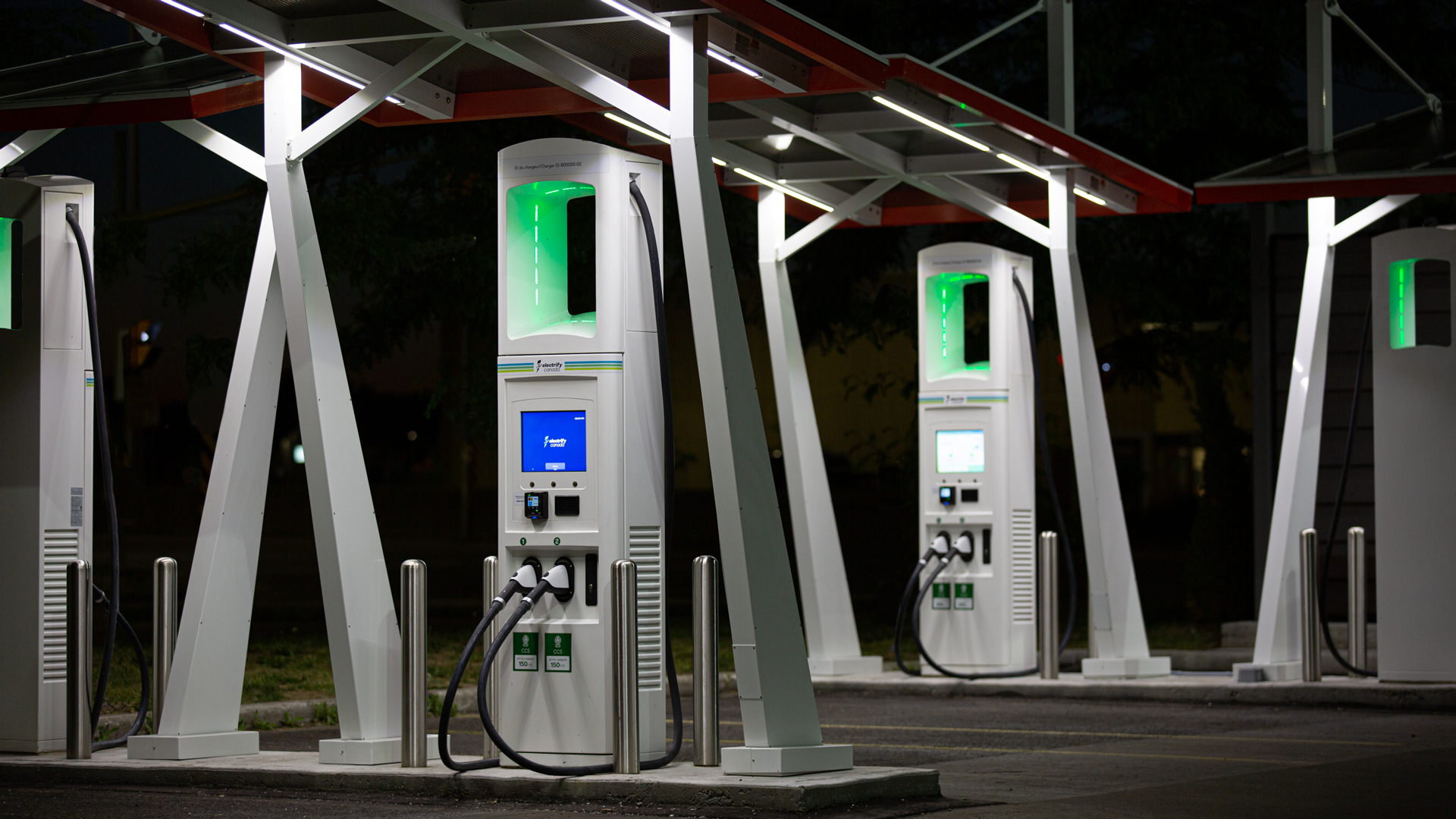Prime Minister Justin Trudeau’s government outlined Canada’s plan to reduce emissions in a new report, highlighting the implementation of Zero Emissions Vehicles (ZEVs) by 2035.
The 2030 Emissions Reduction Plan will mandate that by 2026, 20% of light vehicle sales will be ZEVs, 60% by 2030, and 100% by 2035. Medium and heavy-duty vehicle (MHDV) sales will also be reduced to 35 percent, but will not be “mandated” as light-duty vehicles will.
The term “Zero Emissions” is a loose term, as some of the vehicles described are still powered by either a gasoline or hydrogen engine. According to the government of Canada website: “A ZEV is a vehicle that has the potential to produce no tailpipe emissions. They can still have a conventional internal combustion engine, but must also be able to operate without using it.”
That means technically, a bicycle is a ZEV if you don’t burp (or worse) while you ride it. A supercharged GT500 rolling down a hill in neutral could also be considered zero emissions (of course we know it isn’t, really).
Read More: Canada To Ban The Sale Of New Gas And Diesel Cars And Light Trucks From 2035
The keyword used by the government is “potential”, which means battery-electric, plug-in hybrid electric, and hydrogen fuel cell vehicles will still be available to buy, while pure hybrid and internal combustion-only vehicles will no longer be sold.
Transportation accounts for 25 percent of total GHG emissions in Canada, with half of those emissions coming from cars and light trucks. 26 percent of total emissions were due to oil and gas extraction.
The new climate action plan for Canada promises an additional $9.1 billion in spending to reach Canada’s climate targets of 40 percent to below 2005 levels by 2030.
$400 million in additional government funding will be going toward the goal of adding 50,000 ZEV charging stations, while $500 million from the Canada Infrastructure Bank will go towards charging station infrastructure.
According to a Bank of Canada report released last fall, the total spending by the government and businesses to get Canada to net-zero emissions will be over $2 trillion – around $60 billion per year.





